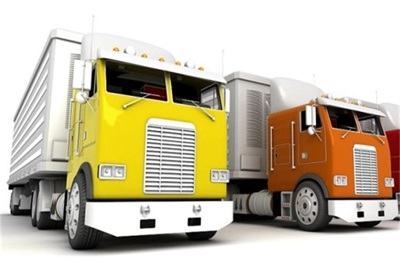
General Trade Export Declaration
General trade carpooling export business is suitable for the export of goods that customers have their own storage documents. It is much more favorable than chartered customs declaration. Customers only need to provide export sales receipts, export sales contracts, export sales invoices, packing lists, and customs declaration power of attorney. You can work together with our Hong Kong car for the draft of cargo declaration, etc., the time limit is guaranteed, and the price is more affordable.
General Trade Export Declaration Process
1. The customer determines the export date and delivery date of the exported goods, and the loading information such as the volume, weight, and number of pieces of the goods.
2. Contact our company to arrange the export of goods according to the transaction method.
3. After receiving the instructions from the exporter, our company arranges the vehicles to be loaded at the factory, and confirms how to hand over the customs declaration materials and other issues.
4. The customer sends the customs declaration information to our company.
5. When our company receives the information, it first conducts a one-sided preliminary review, and formally starts the customs declaration work after verification.
6. After the customs document review center has completed the review, I will deliver the document to the customs, and the on-site customs will review the materials and perform the release or inspection operation.
7. After the Hong Kong vehicles of our company pass through the port, they start to deliver or enter the warehouse, and return the receipt.
8. Enterprise tax rebate.

Export Process in Logistics
1. Order Processing and Documentation: Export logistics begins with receiving and processing export orders. This involves preparing various documents such as commercial invoices, packing lists, export licenses, and certificates of origin.
2. Packaging and Labeling: Goods must be properly packaged and labeled according to international shipping standards and regulations to ensure safe Transportation and compliance with customs requirements.
3. Customs Clearance: Exported goods need to pass through customs, where they are examined and assessed for duties and taxes. Proper documentation and compliance with export regulations are crucial for smooth customs clearance.
4. Transportation: Exported goods are transported from the point of origin to the port of departure, often using various modes of transportation such as trucks, trains, or air freight.
5. Freight Forwarding:Freight forwarders play a key role in coordinating the transportation of goods, booking cargo space, arranging shipping routes, and ensuring timely delivery to the destination.
6. Shipping and Documentation:Exporters work with shipping lines or air carriers to book cargo space on vessels or planes. Bills of lading or air waybills are issued as proof of shipment, and all necessary documentation is prepared for customs and destination requirements.
7. Inland and Ocean/Air Transport:Goods are transported to the port of departure and loaded onto ships or aircraft for international transit.
8. Destination Customs Clearance:At the destination country, the imported goods go through customs clearance procedures, where import duties and taxes are assessed.
9. Distribution and Final Delivery: After customs clearance, the goods are transported to their final destination within the importing country, often using various distribution channels.
Import Process in Logistics
1. Order Placement: Import logistics begins with an importer placing an order with a foreign supplier for the desired goods.
2. Supplier Coordination:Importers work with foreign suppliers to ensure that goods are produced, packaged, and labeled according to specifications.
3. Customs Documentation:Importers prepare necessary customs documentation, such as import licenses, permits, and declarations.
4. Transportation:Goods are transported from the supplier's location to the port of departure using various modes of transportation.
5. Freight Forwarding:Similar to the export process, freight forwarders assist in coordinating transportation, booking cargo space, and ensuring the timely movement of goods.
6. Shipping and Documentation: Goods are loaded onto vessels or aircraft, and bills of lading or air waybills are issued. Documentation is prepared for customs clearance at the destination.
7. Destination Customs Clearance:Imported goods go through customs clearance procedures at the destination country, and import duties and taxes are assessed.
8. **Inland Transport: After customs clearance, the goods are transported from the port of arrival to the importer's premises or distribution centers.
9. Distribution: Goods are distributed to retailers, wholesalers, or end consumers through various distribution channels.
If you are looking for an imports exports logistics inc, import export freight forwarding, please contact us, we will serve you wholeheartedly, and we look forward to your arrival.